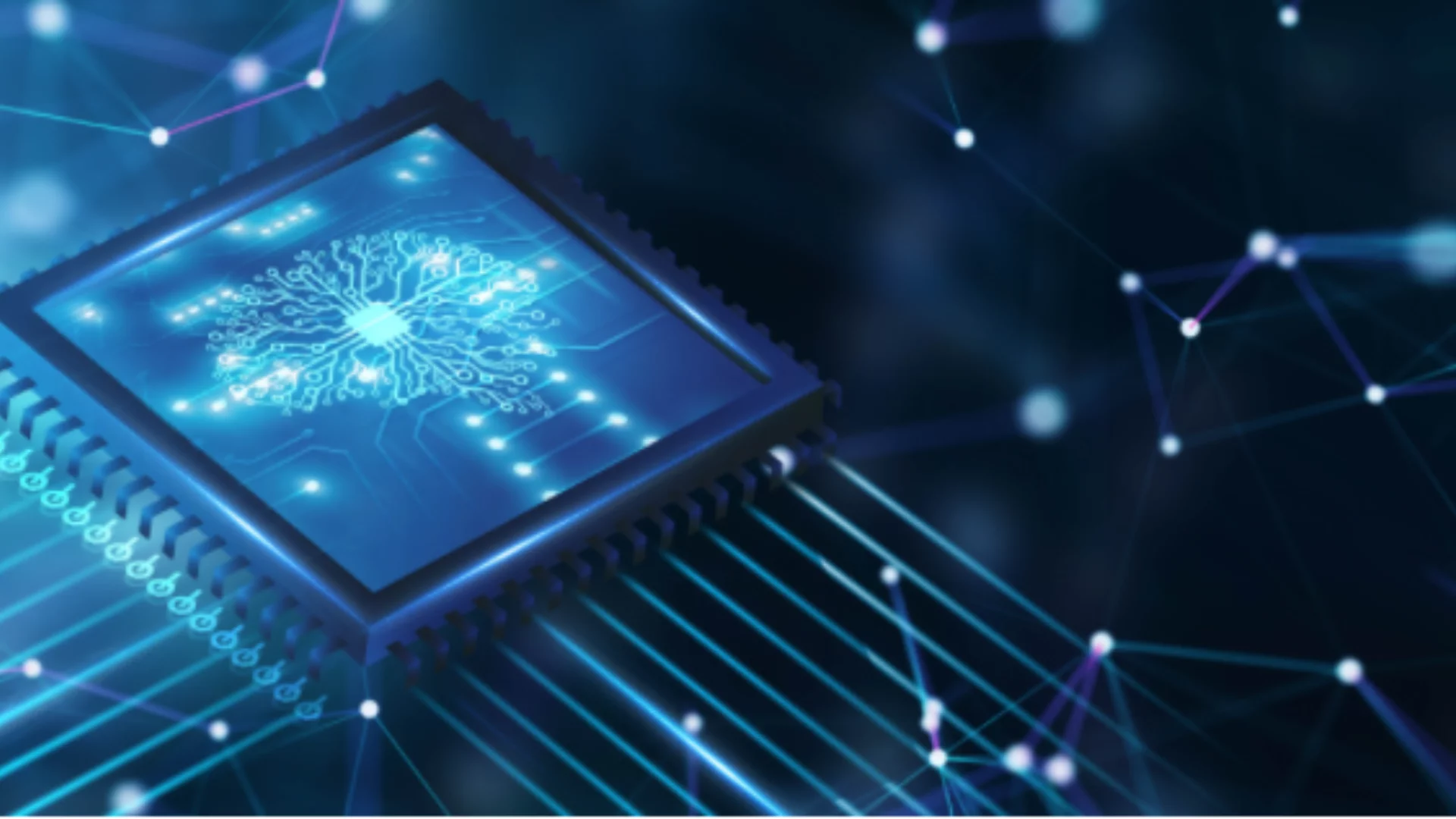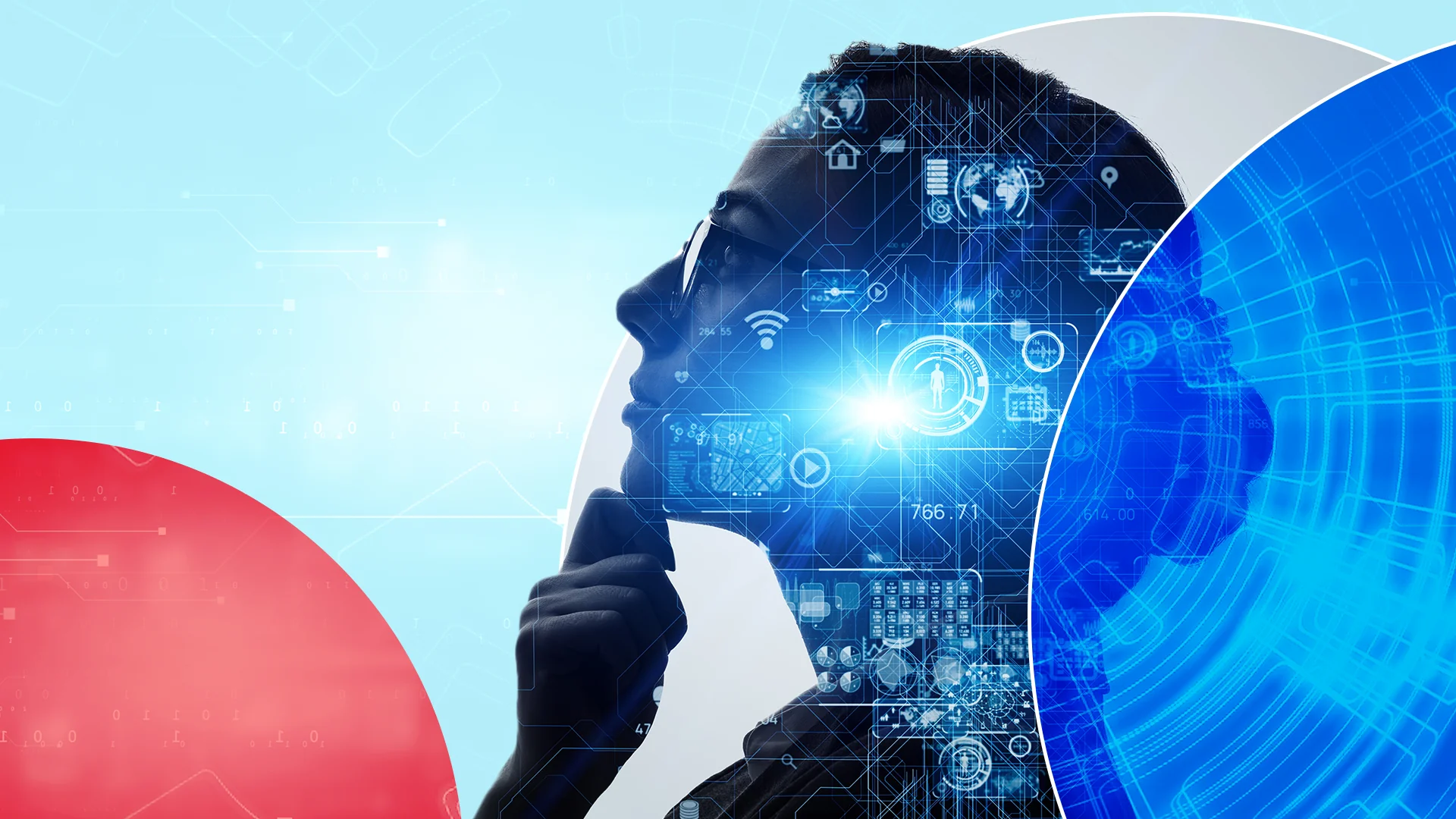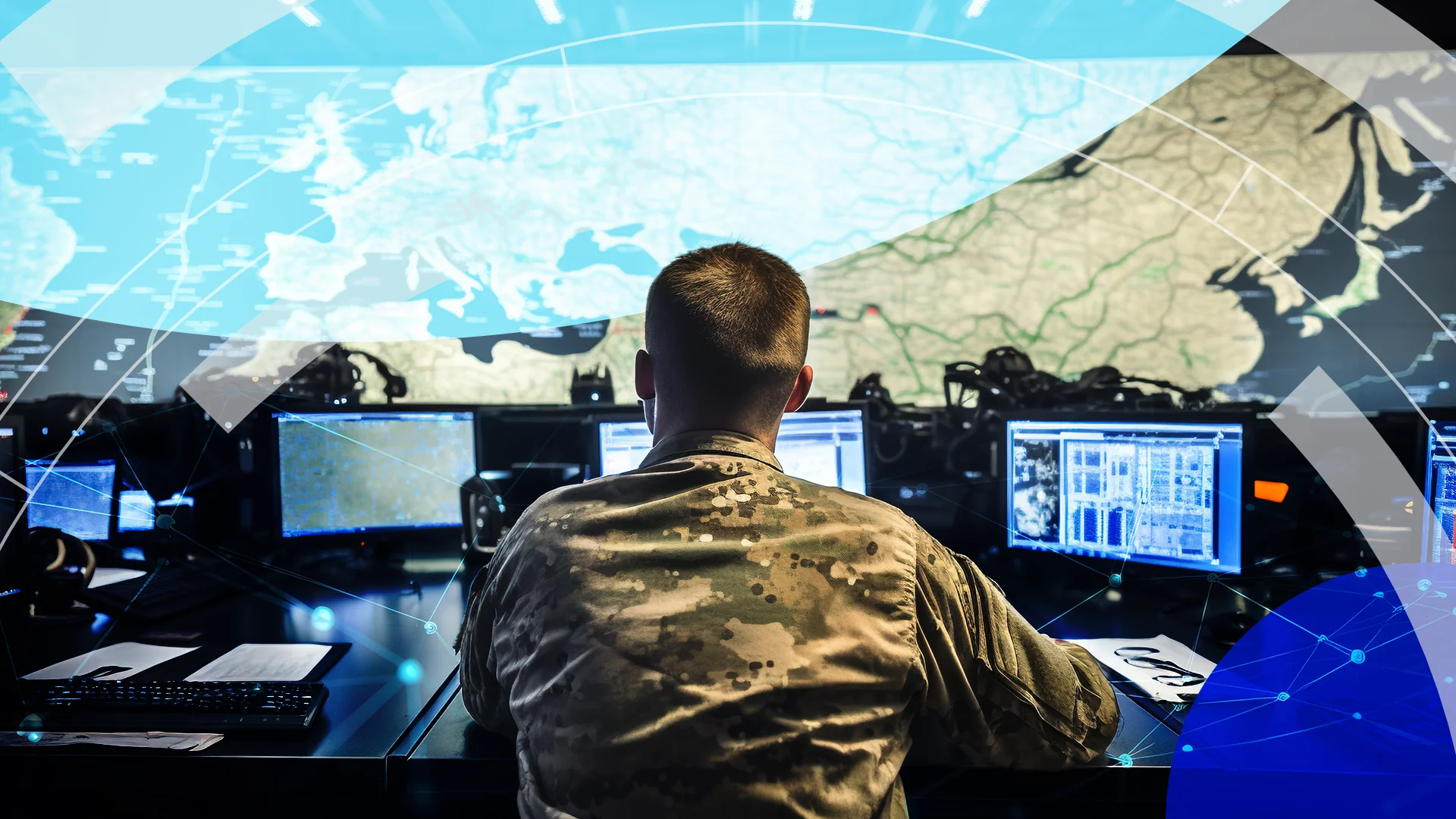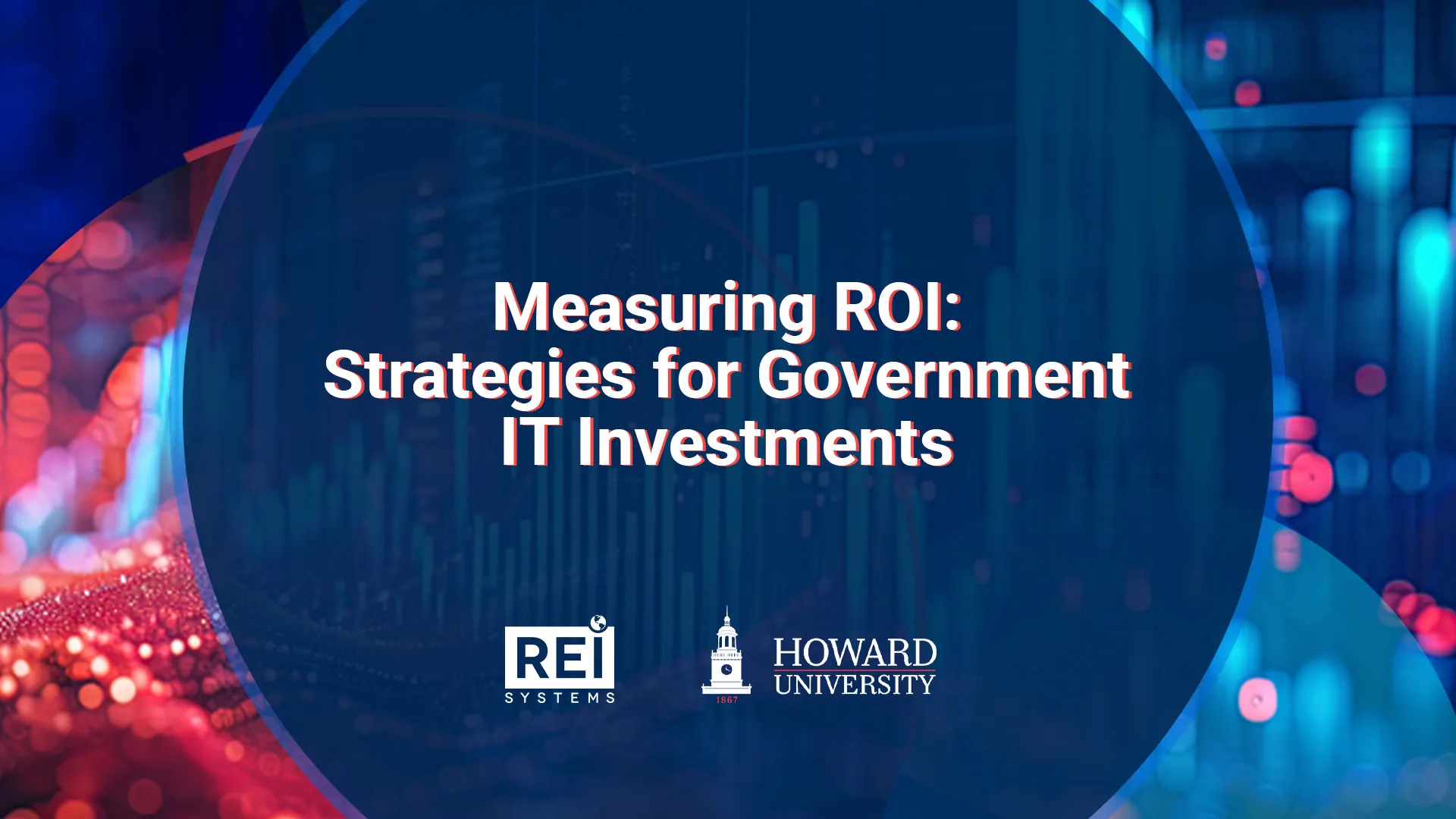The COVID-19 pandemic changed – and the recovery will change – almost every facet of American life. Customer service and how people interact with companies and government agencies is a prime example.
For many, the most apparent impact of customer service issues came from how long it took to handle requests. A recent Washington Post article reported that “People hoping to defer mortgage or credit card payments, collect unemployment, cancel airline flights or locate mission shopping orders are all running into unprecedented waits for customer service by phone.”
Based on that experience, it is no surprise that one of the key facets of the American Rescue Plan is to ensure funding for modernizing technology across the federal government, a key priority for the Biden-Harris administration. The plan allotted $2 billion for IT modernization and cybersecurity initiatives, including a $9 billion request for the General Services Administration (GSA) Technology Modernization Fund (TMF), which has topped out at $25 million.
The Art of the Possible
It has been said that necessity is the mother of all invention, and the pandemic further illustrated that point as government contractors and agencies alike created new best practices and expectations that are likely to endure well beyond the end of the global pandemic.
These best practices and expectations include:
- Remote federal technology responsiveness
- Effective and secure citizen services at a distance
- Accurate information access to resources without a physical presence
As the push to adopt a remote workforce was seen across the government, agencies needed to overcome both a pandemic and a technology revolution. Agencies were struggling to reimagine how employees fulfilled their daily responsibilities while meeting demands for citizen services – thus making technology modernization essential to the agenda of the Biden-Harris administration.
Today, the government and public sector have integrated application modernization to facilitate most service delivery needs. Whether it’s a surge in citizenship applications or delivering grant funding for pandemic support to health centers, most citizens want to interact with the government easily and on their own time.
In most government agencies, application modernization achieves much more by integrating their existing technologies with agility, security, and continuous integration. But how, exactly, are agencies evaluating and selecting new technologies while adhering to federally mandated processes?
1. Mindful Modernization
To optimize their application modernization strategy, agencies can use the Mindful Modernization approach. This approach aligns mission goals and user expectations while complying with an agency’s technology and security roadmap. In applying Mindful Modernization, agencies can meet business and IT requirements while fulfilling the fundamental needs and expectations of the organization.
Through cross-functional, multidisciplinary teams, REI Systems introduces quality checks and security at the start of the application software and infrastructure development lifecycle to help agencies reduce their risk and achieve their IT and business objectives.
2.Tactical Agility at Scale
As workplace challenges and opportunities shift, IT solutions and delivery tactics must shift too. Flexibility is key to delivering value to agencies, and REI’s Agile Delivery Framework offers a continuously evolving and customizable approach that streamlines and accelerates standard project practices and methodologies. Agencies can quickly adapt to evolving needs and priorities through this framework and meet the real-time requirements and demands of legacy system modernization. To align with mission goals and agencies’ technology roadmaps, application modernization approaches that leverage cloud, data, and emerging tech can efficiently fast-track demands.
Additionally, intimate collaboration allows agencies to experiment with solutions and practices. Innovative, tactical IT solutions that scale to help create results that avoid cost overruns, prove durable and mission-effective, and meet the government’s highest levels of quality.
3.DevSecOps Security and Leveraging Data
Throughout the application modernization process, the IT development lifecycle should take an integrated developmental, security, and operations (DevSecOps) approach, one focused on security-first architecture and engineering. It’s crucial to implement in-depth defense upfront, including zero-trust principles, and maximize protection for the user, data, and systems from initial design and build, through testing and deployment.
Agencies built with security-first architecture in mind accelerate the scope, agility, and effectiveness of their data strategies, enabling secure access to data and analytics for a broader audience of data consumers and scientists. Modernized applications that leverage or contribute to security-aware data strategies, structures, and tools can yield pathways to many new information patterns and trends for improving mission outcomes while respecting the value of diligent data stewardship.
Our DevSecOps solutions include:
- Automation to ensure identical execution of highly repeatable processes
- Continuous integration to maintain high quality, reduce errors, and increase the frequency of production releases without delays
- Continuous deployment to provide faster time to market and repeatable process as well as make all team members accountable for the product
- Continuous collaboration to increase exposure to the product and improve ideation
- Continuous monitoring—from user experience to backplane diagnostics—to ensure real-time understanding of the entire system performance
Summary of the Potential
Application modernization has the potential to have a significant impact on the way citizens experience and interact with the government. While our solutions utilize Agile, DevSecOps, and Continuous Integration/Continuous Delivery (CI/CD) to create a seamless user experience (UX) in modernized applications – we understand it may not be a solution to all citizen service delivery problems. However, it is a powerful tool to increase customer experience (CX) outcomes for both citizens and federal support teams.
With the increased interaction of application modernization and enhancement of legacy systems, government delivery of citizen services could soon mirror the ways citizens interact with technology in their personal lives and open a new technology roadmap for the public sector.
Ready to hear more about REI System’s strategy for implementing application modernization? Call REI Systems Inc. at (703) 480-9100 or visit the REI website.




